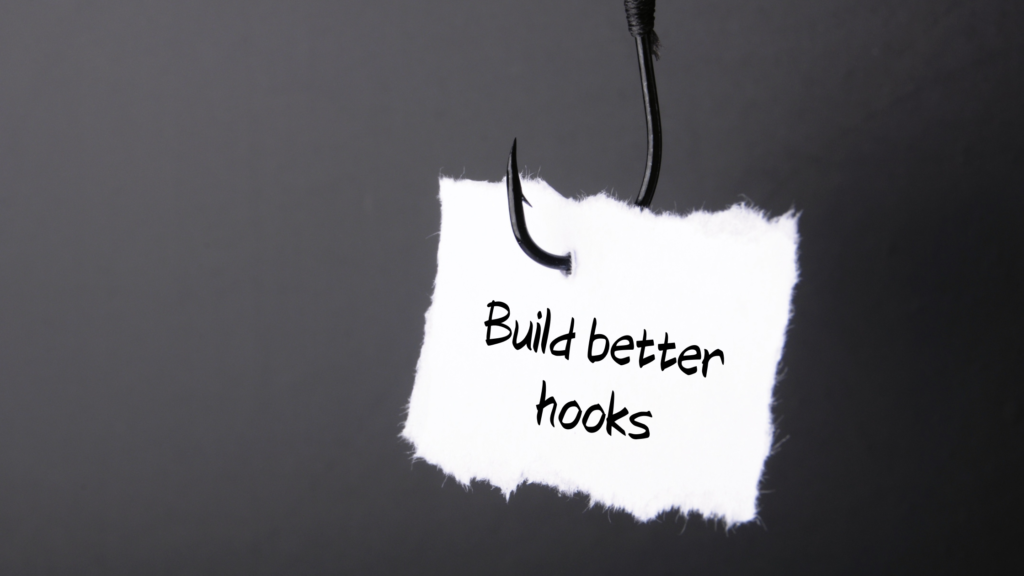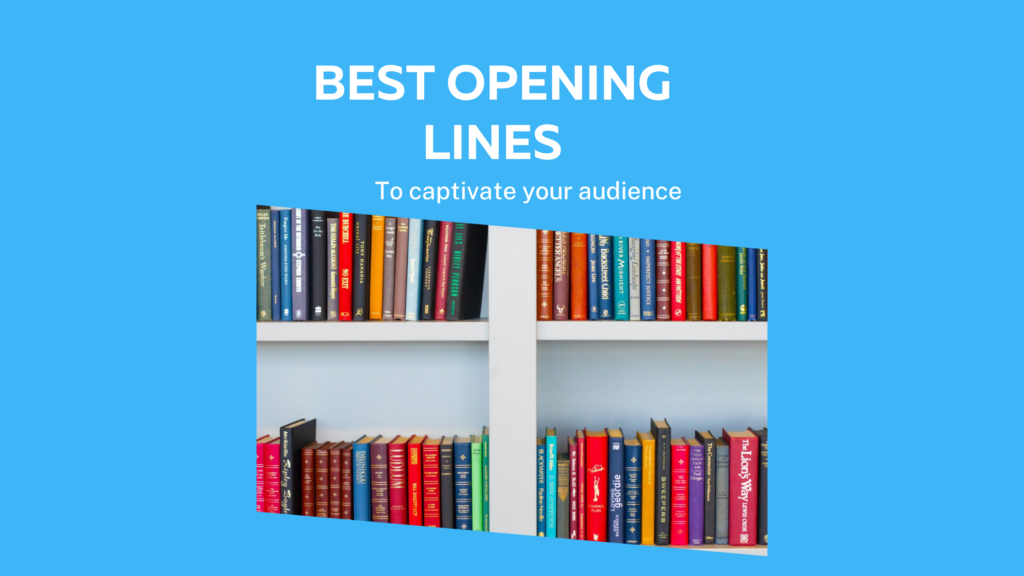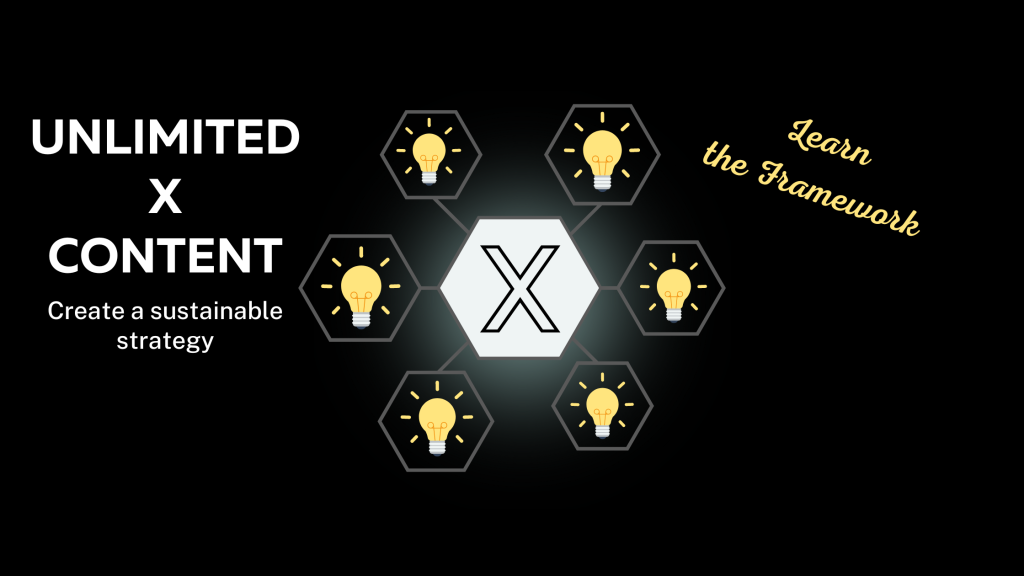If you hear the word timeshare, instant emotion hits your mind. You imagine walking into a bustling room with salespeople scurrying around, preparing their presentation with fancy slides showing the Bahamas, Dominican Republic, and Jamaica.
Then you deal with the relentless jostle with the sales rep. When you say no, they return with a better offer and a free trip to NYC.
After five counteroffers, they leave you with an ultimatum. You say yes or no. After your decision, you can go back to enjoying your 3-day complimentary resort stay for agreeing to meet.
Even though 85% of people regret their timeshare purchase, the hook of a priceless vacation still captures 10 million US households. Why is it so effective? If the salesperson started with, “You’ll probably regret it later, but buy this timeshare, ” he would lose the sale.
What they have become is a master of piquing your interest.
While we don’t want to sell something a person might regret, we want to offer value. Our content can help lead visitors to our products and solutions to improve their lives. We can increase read-through rates, capture attention, and grow sales by building great hooks that launch readers through your content.
We’ll dissect what makes a good hook and how to build one so you can publish content that gets more reads and engagement. While this article focuses on B2B articles, you can still apply it to any industry and content medium.
What makes a good hook for content?
We know hooks are critical, but too often, they become winded, irrelevant, or distracting. It’s like going to a baseball game, and you start a conversation with someone next to you. But all they talk about is Picasso’s paintings. It just doesn’t belong, and it does more damage than good.
Below are elements that make a good hook:
1. It captures attention
It’s in the name: a hook should stop you from what you are doing and demand your attention. When you catch a fish, that animal is 100% focused on fighting the line. It’s a dance on who gets control. It’s the same for you and your reader: you keep their interest, or they take it elsewhere.
Hooks should open the imagination and pique a reader’s interest. The more you “earn” their attention, the more invested they are to finish the piece.
If your hook is an analogy or metaphor, you can continue it throughout the piece to cash in on the image that won your readers over.
2. Emphasize the topic’s importance
One of the first questions a reader will ask is, “Why is this article important?” It’s a fair one. Most people aren’t reading your B2B content for entertainment. They want to leave with something and apply it to their brand and work.
A hook helps hammer down the point.
For example, suppose your topic is about creating a better remote setup for meetings, and your hook is about an aspiring actor who met a celebrity by chance, which led to their big break.
In that case, you can emphasize the importance of first impressions. You can mention how it’s the same for remote connections and how the virtual office background can make a massive difference to your success rate.
3. It visualizes your main point
When you hook readers, invite them to paint their picture in their head. Not only are you providing valuable content, but readers become co-authors of the piece, automatically practicing reflective reading.
They become active participants in the article and are more likely to engage with your brand at the end.
So, how can you create a winning hook? Follow these rules to craft yours:
Become an observer
Writing does not start at the computer. If you sit in front of a screen or paper most of the time, your well of ideas quickly dries up.
Live life, travel, do exciting things, and talk to people from all walks of life. This is how you’ll learn to write about original stuff in your content.
For example, I recently wrote a piece that used a hook to emphasize the importance of using the right tool.
I wrote a scene based on how I watched two strangers in Buenos Aires plan to get into a taxi in the pouring rain. No matter how intricate and detailed the plan, they failed once they ran into the storm. No matter how well they planned, they were never prepared.
The problem? They didn’t have the right tools. They needed an umbrella. I used this experience for a successful hook to capture attention, help readers visualize the point, and add importance to choosing the right tool.
Make it short and relevant
I’ve read many hooks that were great in theory but way too clunky and drawn out. After a few lines, I quit the whole piece. Bad hooks can do a lot of damage.
Great hooks are concise and can easily tie into the topic you are writing about.
It requires sharp writing and careful editing. Your biggest risk is getting too excited and attached to a metaphor or analogy. You risk ignoring glaring issues like an irrelevance to the topic, which is a distraction instead.
You have to learn to “kill your darlings” when it is time. Create an archive so you can use it in a future piece.
Ask if it connects with the reader
Is the hook compelling? There might be a few relevant lines, but it still falls flat.
Ask if the hook does its job to move the reader forward.
For years, I’ve heard marketers try to separate copywriting from content writing. Sometimes, they are two different things, but we can’t pretend content isn’t copy. Copy moves the reader forward one line at a time. Content, therefore, is a daunting task.
Unlike ad copy or a landing page, we have to write thousands of words, hundreds of lines, that move someone forward. Every hook should be evaluated and taken seriously. Does the hook add value to the work, interest the target audience, and move the readers forward?
Tie it up at the end
Literature buffs love symbols and themes in books because they add more richness to the story.
It’s why classics like The Great Gatsby carry the same themes from beginning to end.
The hook paints the picture for your article. Creating a complementary thread that runs through the rest of the piece is even better. You can use metaphors, words, and illustrations that bring readers back to the original moment.
When you conclude, tie up your hook by recalling it or reemphasizing your original point. This closure gives readers a satisfactory end, making it more memorable and encouraging them to act.
Hooks are the best way to maximize your content’s effectiveness by increasing read-through rates. While you might not offer a free trip to NYC like a timeshare, you offer something better: an enjoyable read, value, and a chance to improve lives with your solution.
Use the tactics to build better hooks for your articles.
If you want to build digital assets, contact me about creating articles and crafting a strategy for your brand.


